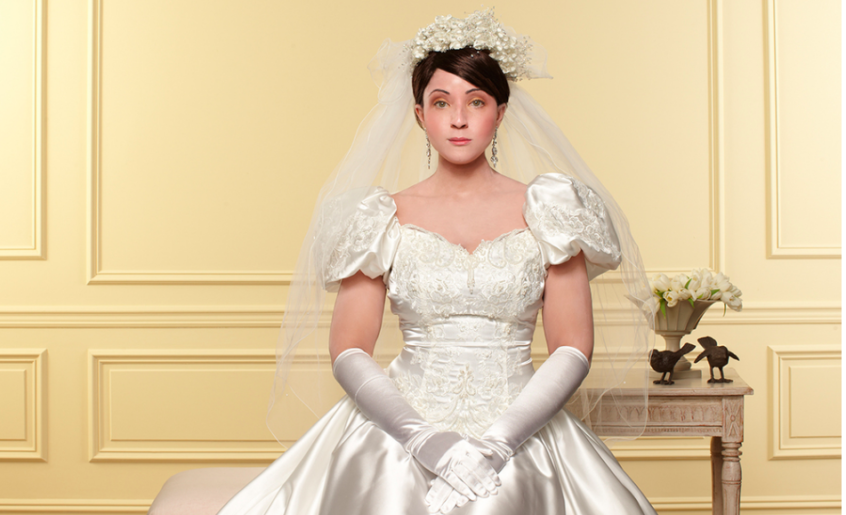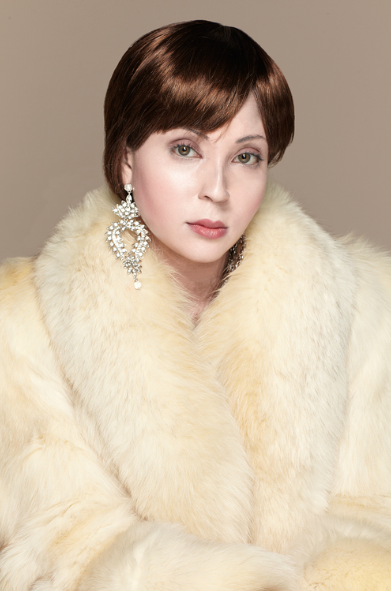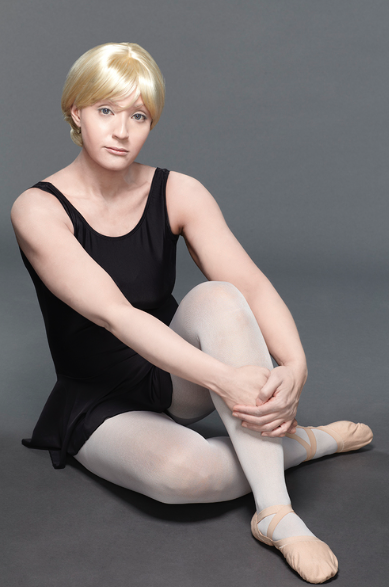WHITENESS IS (ALSO) IN THE DRESS: BACKRA BLUID BY STACEY TYRELL

Stacey Tyrell is a Canadian artist who uses photography to explore themes of race, identity, and heritage in the African diaspora. In her most recent work, “Backra Bluid”, she envisions the hybrid lineage of Afro-diasporans, creating a gallery of self-portraits in which she impersonates her white ancestors.
The titles of the photographs report only the name and age of each subject, leaving the viewer to guess the history behind them.


Who are these women and what do they mean to Tyrell? The project’s description reads:
As a black kid attending a predominantly white school there were often occasions when I would listen to my classmates proudly lay claim to their Scottish, Irish and English heritage while I would silently acknowledge my own. In many parts of my family on both sides you will find many men from Scotland, England and Ireland. […] The images in the series are an attempt to interpret and explore these relatives from both past and present that I know are out there. They are also a reflection on my own perceptions and preconceptions of “Whiteness”. […] Upon viewing my physical features I am automatically assigned a racial identity by whoever is looking at me. Skin color often obscures and over-rides the features and markers of other races that may be present in my genetic make-up.

Most of the pictures place the body of the artist, particularly her face and torso, in the top and middle sections of the photographs, in the tradition of studio portraits. In some of them the artist empties the space of props and visual distractions, the better to draw attention to physiognomy and facial features. These are the sites of Tyrell’s play with racial identification and mis-recognition, where she manufactures her version of white femaleness. The hair, skin, and nose of her alter-egos are signifiers of whiteness: they are smooth, pasty, and delicate. The slim figure, flawless texture of the skin, hair-do, and make up deliver an all-encompassing ideal of perfection that obscures the traces of the mixed genetic lineage of many backra bluid in the Americas and abroad.
The expression, derived from the Caribbean slang for “master” (backra), and Scottish “blood” (bluid), refers to racial hybrids, and, by implication, to the visual regime that supports whiteness and its powers of over-determination. In the final passage of the project’s blurb Tyrell writes: By simply changing my skin color and making subtle tweaks to my features I wish to show that if someone were to take a closer look at my face they would see that it might not be that different from their own.
The artist uses whiteness to promote mutual recognition beyond the hierarchy of pigment that denied and continues to tragically deny basic human rights to non-white Americans. But in exploring its powers to render blacks powerless and difference irrelevant to the grammar and practice of ‘freedom’ and ‘democracy’, Tyrell also represents whiteness as masquerade. In “Backra Bluid” whiteness and its power of racial obliteration can be acknowledged, rather than taken for granted, because they are literally attached to the body. The whiteness of the photographed subjects is as much in their bodies, as above and around them, as costume.
The women in the pictures wear elegant, sophisticated, and neatly-pressed clothes. They are all impeccably dressed, some sporting jewelry and chic accessories. In “Fiona, 27yrs.” and “Maggie, 50 yrs.” the the choice of prim clothes and pearls the women wear for tea communicates affluence and status. Set in finely-decorated interiors, the scene likely captures a routine moment in their lives – they might be British and used to meeting for the tea in the afternoon, for example. Surrounded by porcelain, damask, and refined textiles (check the chair’s upholstery), their elegant clothes, hairdos, and manicured nails are a uniform of social accomplishment and respectability that the artist associates with whiteness.

Another take on the use of dress to deliver status is “Ertha, 44 yrs.” This is perhaps the most representative example of the artist’s visualization of white entitlement. Seen in medium close up, Ertha’s oval face emerges from below auburn bangs, enclosed by shortly cropped hair, shining earrings of gold and diamonds, and a sumptuous white fur. These elements aid her impersonation of glamor and success, something that adds to her air of detached self-possession.

Even in pictures displaying subjects in more modest, or less flattering apparel, whiteness seems to be envisioned as a style of self-assured poise, as in the untitled picture showing a blond-haired Tyrell dressed up as a ballerina. Looking straight into the camera, the subject could be an instructor, or just as likely a practitioner. What strikes is her body language that seems to possess the space she occupies. Her presence articulates embodiment.

I think these images are a good case study to begin exploring the use of dress in black racial performance and subjectivation in photography, as well as a visual take and critique of ‘passing’ and the politics of respectability. Addressing the sociopolitical implications of racialized representation and identification, as well as the visual code that inform mass-mediated aesthetics of race, these images are a powerful reminder of the many elements that haunt and inform racial embodiment, especially at a time when difference must be rendered transparent to be acknowledged, understood, and finally accepted.